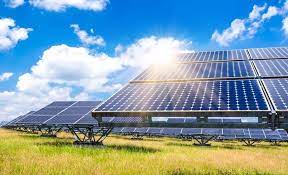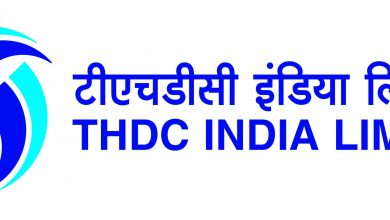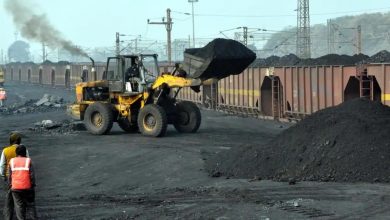Solar Generation Helped Avoid Billions In Costs For 7 Asian Countries
US$34 billion in fossil fuel costs avoided in first half of 2022

A report published today by Ember, the Centre for Research on Energy and Clean Air (CREA) and the Institute for Energy Economics and Financial Analysis (IEEFA) finds that solar generation allowed seven Asian countries to avoid billions of dollars in fossil fuel costs in the first half of 2022 alone.
The analysis shows that in the wake of soaring fossil fuel prices, solar power is already contributing to meeting electricity demand in Asia and enhancing energy security.
The contribution of solar generation in seven key Asian countries – China, India, Japan, South Korea, Vietnam, the Philippines and Thailand – avoided potential fossil fuel costs of approximately US$34 billion from January to June 2022. This is equivalent to 9% of total fossil fuel costs during this period.

The report also analysed the growth of solar power over the last decade, finding that five of the top ten economies with solar capacity are now within Asia, including China, Japan, India, South Korea and Vietnam.

Ember’s Asia Electricity Analyst Dr Achmed Shahram Edianto said: “Asian countries have shown that rapid solar deployment is possible, setting a remarkable example and providing valuable lessons learned for their peers in the region. As the prices of solar and storage plummet, and the potential cost savings have started to materialise, solar dominance in Asia now looks to come much sooner than previously expected.”
2022 has seen savings thanks to solar generation
The report finds that the majority of the estimated US$34 billion savings are in China, where solar met 5% of the total electricity demand and avoided approximately US$21 billion in additional coal and gas imports from January to June 2022.
Japan saw the second-highest impact, with US$5.6 billion in avoided fuel costs thanks to solar power generation alone.
In India, solar generation avoided US$4.2 billion in fuel costs in the first half of the year. It also avoided the need for 19.4 million tonnes of coal that would have further stressed an already strained domestic supply.
Viet Nam’s solar power avoided US$1.7 billion in additional fossil fuel costs. This marks sizable growth: Viet Nam’s solar generation was close to zero terawatt hours (TWh) in 2018. In 2022, solar accounted for 11% (14 TWh) of electricity demand from January to June.
In Thailand and the Philippines, where the growth in solar has been slower, the avoided fuel cost is still notable. While solar only accounted for 2% of Thailand’s electricity in the first six months of 2022, an estimated US$209 million of potential fossil fuel costs were avoided. The Philippines avoided US$78 million in fossil fuel spending, despite solar accounting for only 1% of generation.
Similarly in South Korea, solar power generated 5% of the country’s electricity throughout the first half of the year, avoiding potential fossil fuel use costing US$1.5 billion.
CREA’s Southeast Asia Analyst Isabella Suarez said: “Asian countries need to tap into their massive solar potential to rapidly transition away from costly and highly-polluting fossil fuels. The potential savings from existing solar alone are enormous, and expediting their deployment alongside other clean energy sources such as wind, will be crucial for energy security in the region. While ambitious targets are important, follow through will be the key thing to watch moving forward.”
More potential savings in Asia’s solar future
Meeting the current targets for solar capacity in 2030 could enable the seven countries to avoid at least US$44 billion in fuel costs — US$10 billion more than the first half of this year.
Realising these goals will require grid stabilisation, innovative policy reforms to unlock investments and collaboration with the private sector. However, it is clear that solar power is set to play a considerable role in Asia’s energy story over the next decade.
The Institute for Energy Economics and Financial Analysis said: “A key challenge for successful solar expansion in Asia will include investments in grid stabilisation and energy market reform which, in turn, depend on how attractive solar is to investors. In the short-term though, cost elements such as capital costs, fuel costs as well as operations and maintenance costs will be critical to realise the region’s solar potential.”
The writer of this article is Dr. Seema Javed, a known Environmentalist, Journalist and Communications Expert




